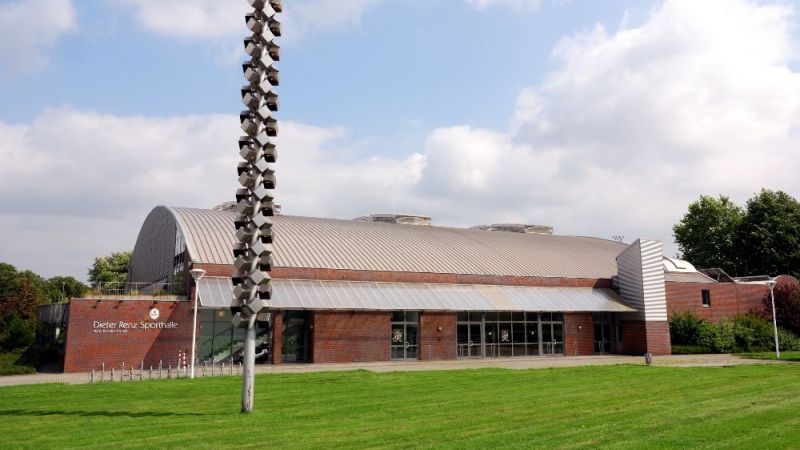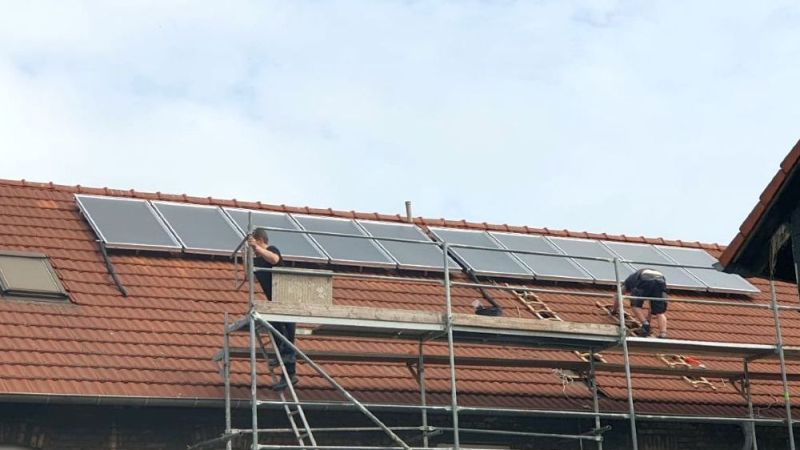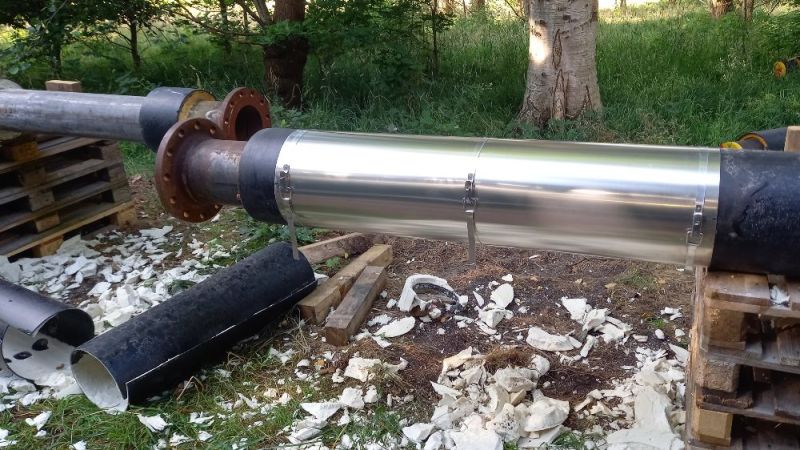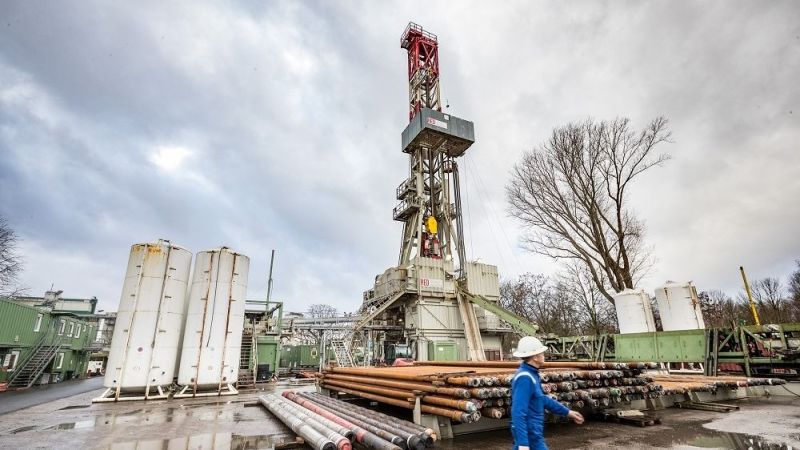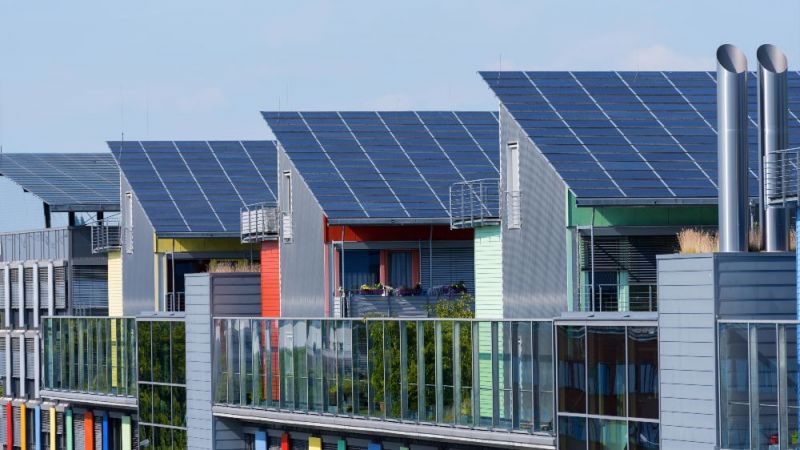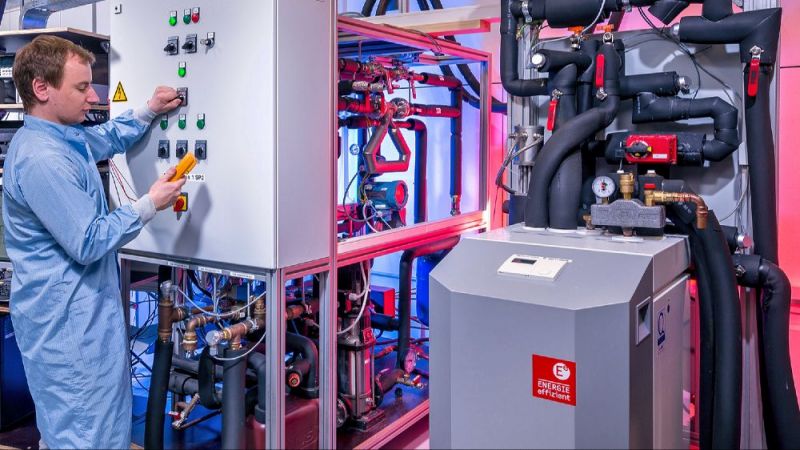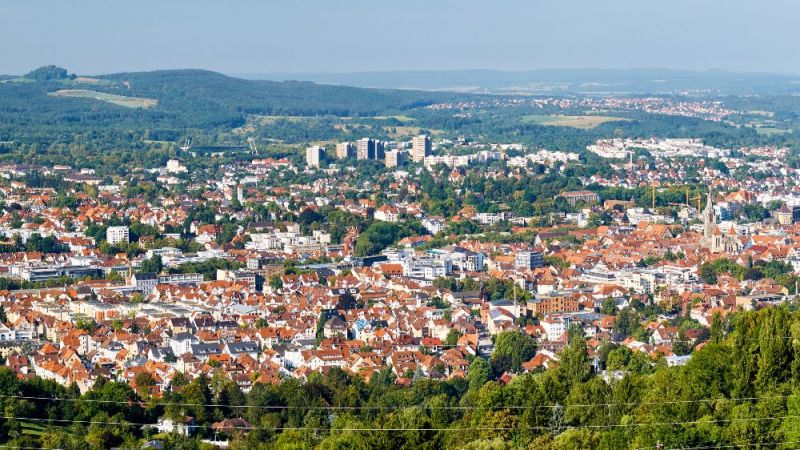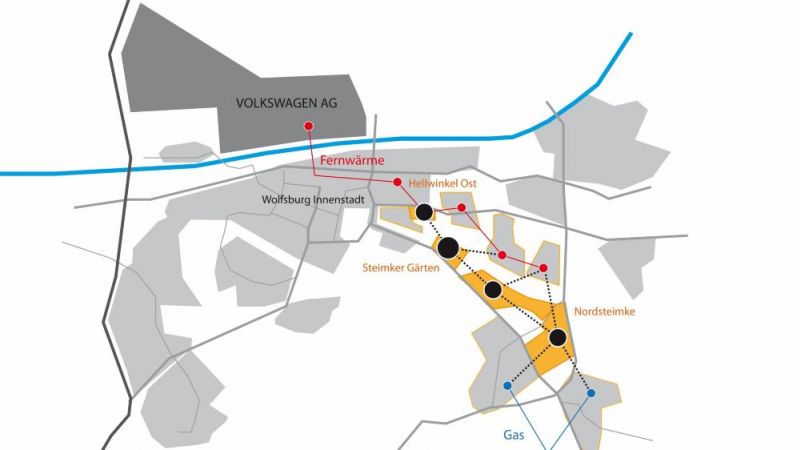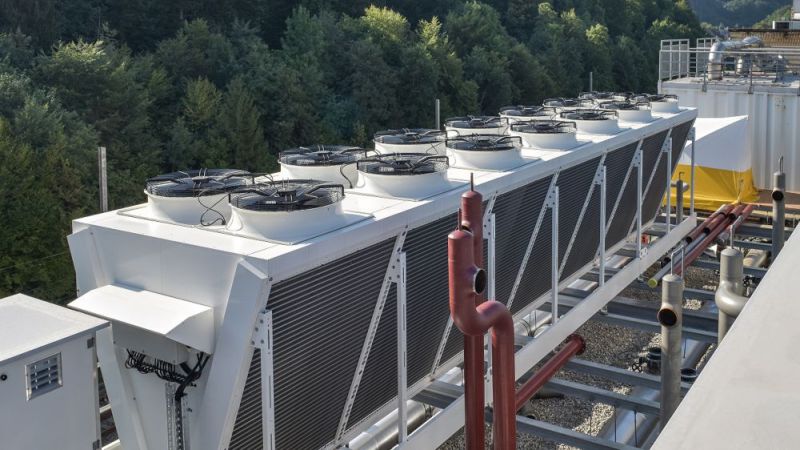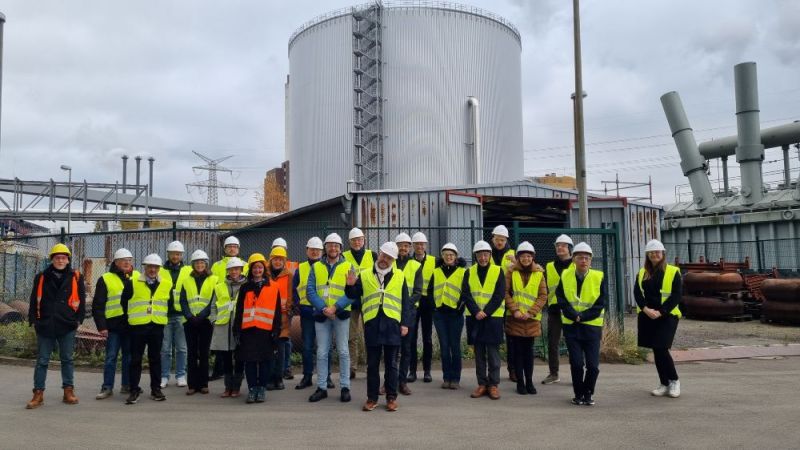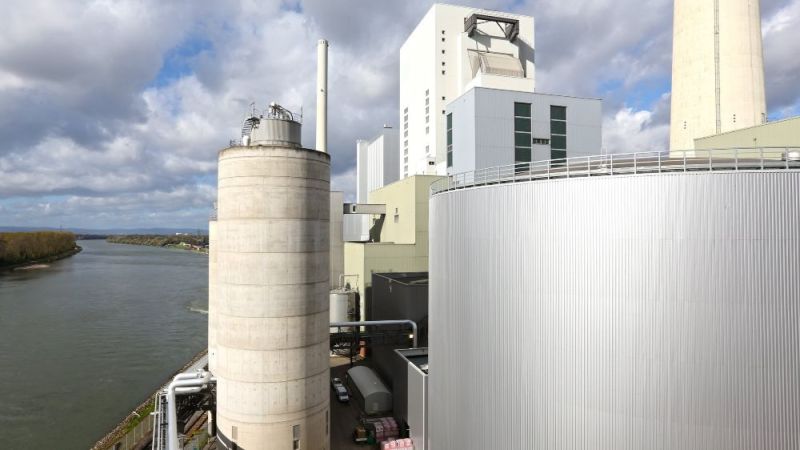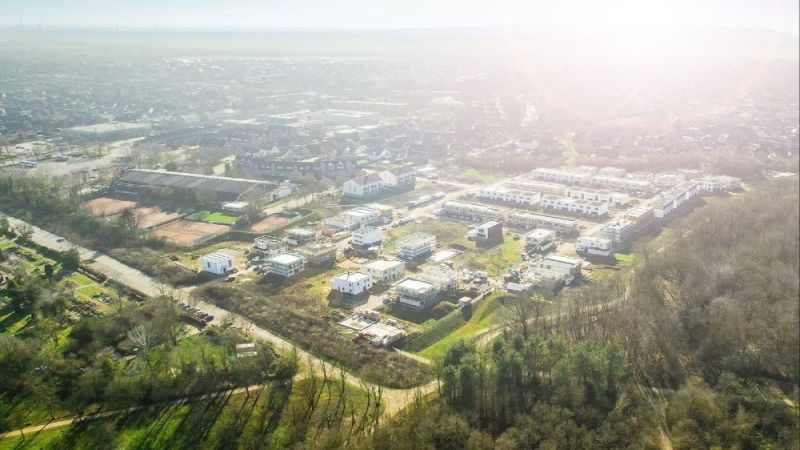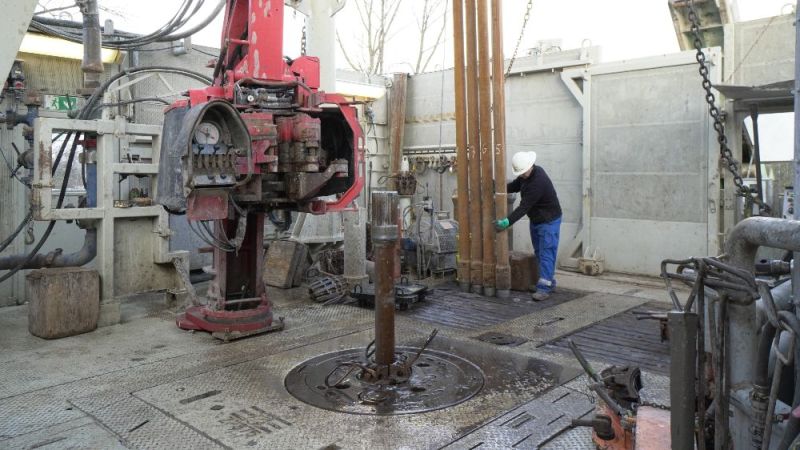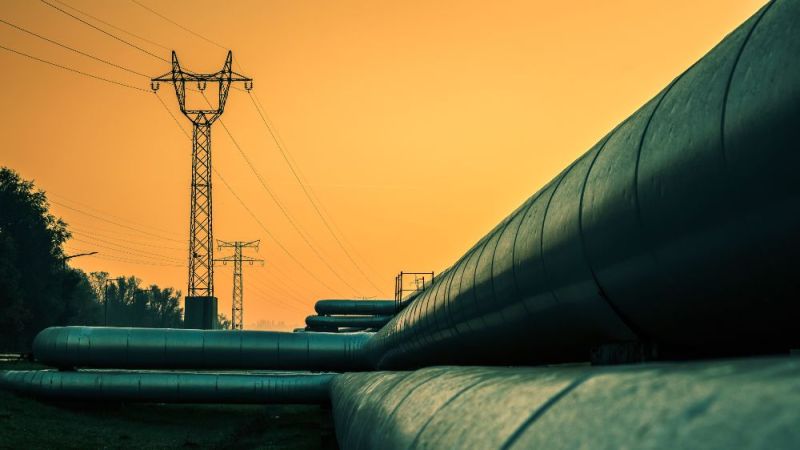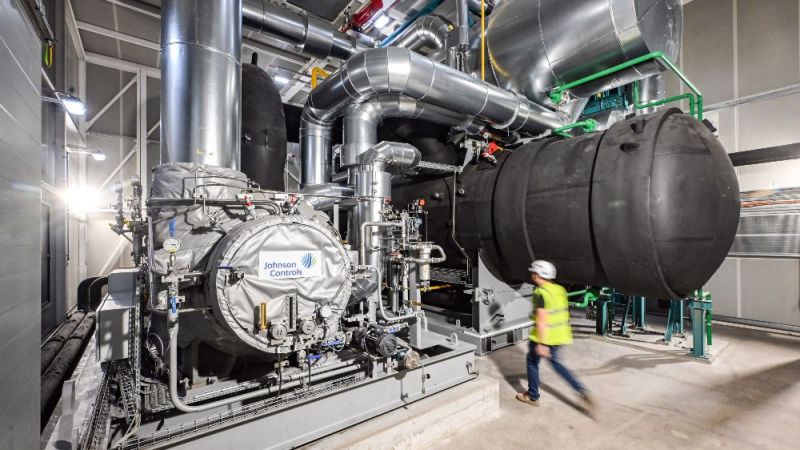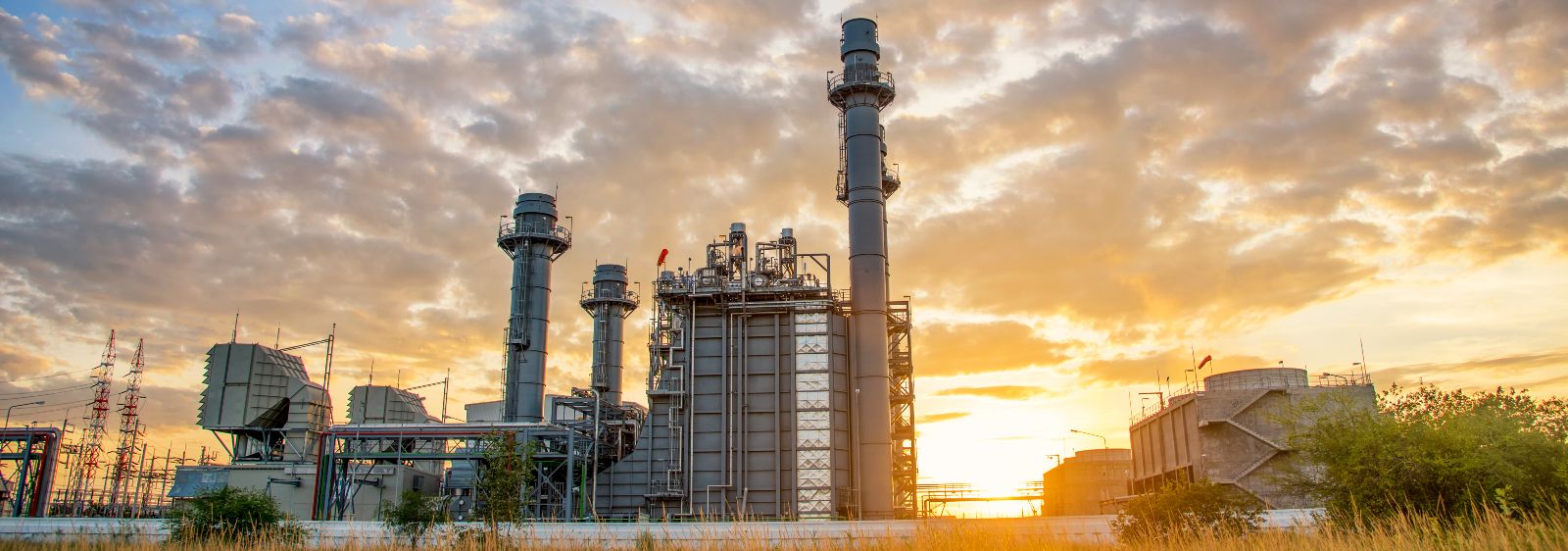
Increasing the flexibility of CHP plants
Use of heat storage systems and power-to-heat plants in district heating generation
CHP plants can be made more flexible by integrating thermal storage systems in district heating networks, as this enables temporal decoupling of the electricity and heat provision so that the electricity generated by CHP plants can be better adapted to the power requirement or residual load. The electricity and heating sector can be coupled with the aid of electric heaters and heat pumps (power-to-heat systems), which enables electricity from renewable energy sources to be used for providing district heating. This research project is investigating the conditions under which investments in the construction of thermal storage and power-to-heat systems are economically viable, and which improvements would result from the environmental policy perspective. This will enable the study to assist operators in their investment decisions and provide a foundation for future discussions of the policy frameworks. The project is being carried out at the Technische Universität Berlin in cooperation with Leipzig University and the University of Applied Sciences and Arts Hanover, with consultancy provided by industrial partners.
The development of the energy sector during the last decade was shaped by the liberalisation of markets and a steady rise in the share of renewable energy sources in electricity generation. In addition to renewable energy sources, combined heat and power generation is an ideal instrument in achieving climate protection goals. Operating hours of conventional power plants are in decline as a result of the falling residual load. Residual load is the power required in a given grid, less the share of fluctuating feed-in, for example from renewable energy sources. Heat-led operation of CHP plants further reduces this residual load with the additional effect that heating plants generate electricity during periods of low market prices, realising only low revenues from electricity.
Research focus
The aim of this research project is to determine the benefits of thermal storage systems as extensions of district heating systems for various technical and economic framework conditions.
For this purpose, a mathematical model is being developed that reflects the behaviour of different CHP plants, hot water generators and electric heating systems with heating rods or heat pumps in conjunction with thermal storage systems. Electric heat supply (electrical power to heat) is of particular interest when combined with thermal storage systems. The operating mode of each plant is optimised within the system under economic aspects for different input data. Based on the evaluation of results for different system configurations (with and without individual extension technologies), market-driven impacts of individual extension technologies, and combinations thereof, on the energy system can be determined.
The impact of the extension measures on the provision of balancing energy, and the reliability of the results in terms of a potential liberalisation of district heating networks, e.g. for CHP plants, are being investigated. For balancing energy, the impact on the capacity to provide secondary control reserve and minute reserve, as well as on the electrical load ramps of heating plants, are being analysed.
Finally, the individual results are projected onto the German energy system in order to make quantitative statements on the following points:
- Reduction of CHP must-run generation, and more feed-in from renewable energy sources;
- Feedback of changed feed-in from CHP plants on electricity rates.
Energy concept
When adding flexibility options to a district heating system with a thermal storage system and electric heating, an economic optimisation of the system use is crucial. It is imperative to make an optimal use of temporally overlapping degrees of freedom taking into account economic boundary conditions and thermal load. Typical degrees of freedom would currently be point in time and time frame of systems operation, at which load point the system is operated, and when and with which performance the thermal storage system is loaded or unloaded.
Due to the scope of the optimisation model and its desired accuracy, the chosen approach is that of mixed-integer optimisation: at the beginning, representative district heating and CHP plants are analysed, and a typical set of generators and the properties of the network are defined. Then heat demand and operation mode of the flow temperature can be defined. As a basis for optimisation, the economic boundary conditions, the dynamic behaviour of the thermal storage systems, as well as stationary and dynamic CHP characteristics are needed.
Implementation
Analysis and dynamic modelling of various thermal storage systems is being carried out by the University of Applied Sciences and Arts Hanover, generating input data for the higher-level optimisation model. Based on a foundation model of the European power plant fleet, Leipzig University is creating different scenarios to predict future electricity demand and rates (hourly contracts and balancing energy rates).
The industrial partners are supporting the project with their technical knowledge in the selection of assumptions and input data. In addition, characteristics of various real CHP plants are being made available.
Optimisation
Besides the properties of the existing plants of industrial partners, thermodynamic power plant simulations are being carried out at TU Berlin in order to obtain the necessary input data for further typical CHP plants. With this input data, optimisation calculations are then carried out and the following criteria are considered in greater detail:
- Increase of the economic efficiency of CHP plants;
- Improved flexibility of the existing heating plant fleet;
- Improved flexibility of the existing heating plant fleet;
- Improved flexibility of the existing heating plant fleet;
- Increase in overall energy efficiency and
- Primary energy savings and therefore lower CO2 emissions
Optimisation makes for operation that is optimised down to an accuracy of individual hours and units of all participating plants and storage systems, so the considered criteria can be accurately assessed when compared with the reference case.
27.10.2021


